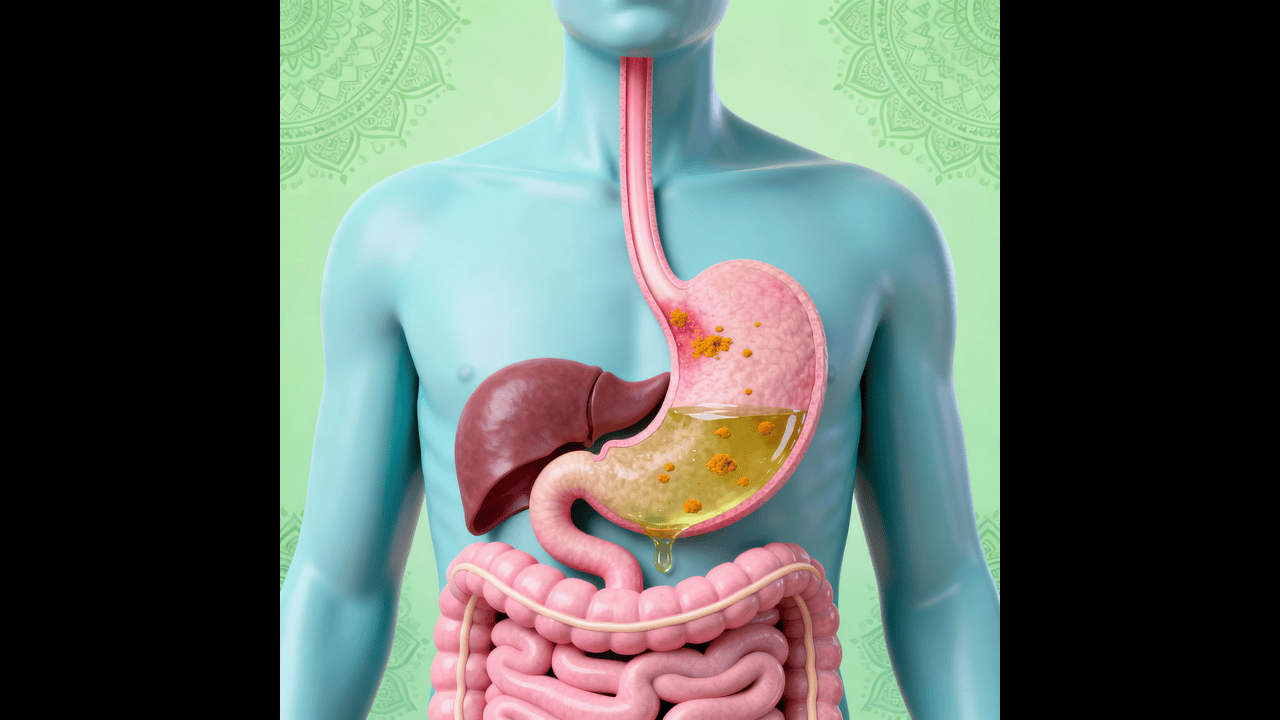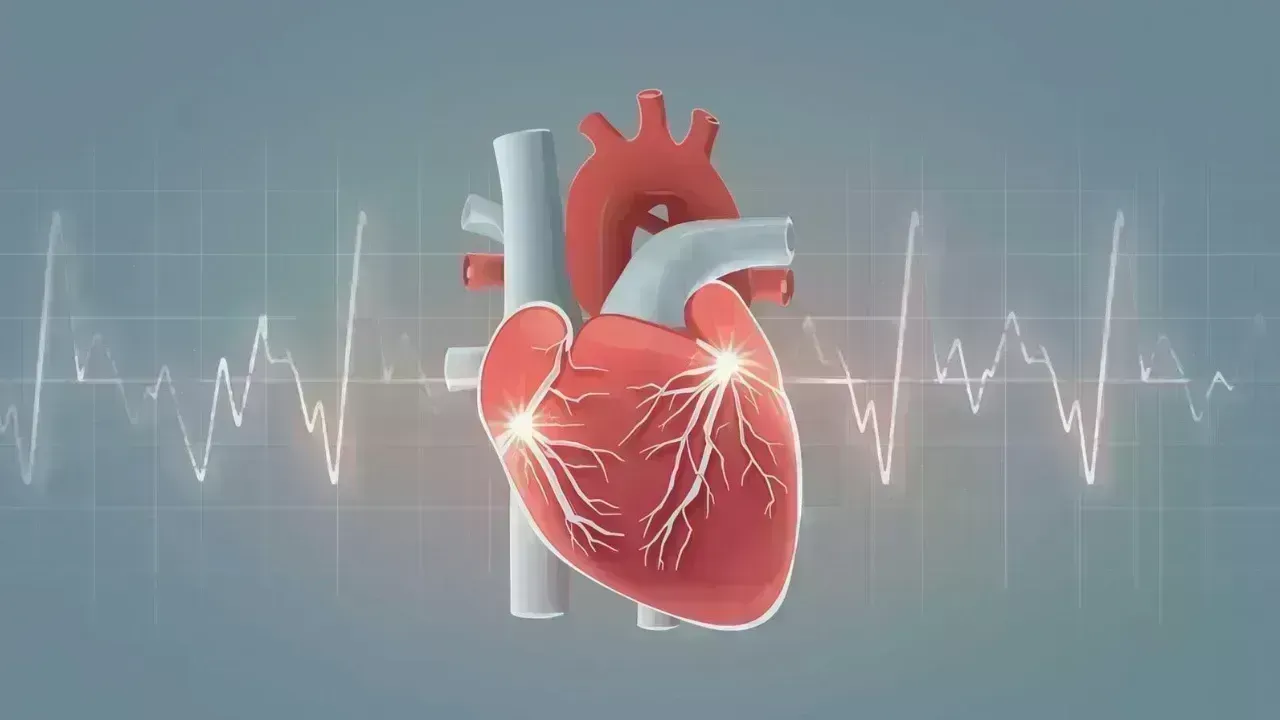
Post by : Jyoti Singh
Photo: Reuters
On the evening of August 10, 2025, a powerful earthquake shook western Turkey, frightening thousands of people and damaging buildings across several cities. The quake measured 6.1 in magnitude and struck at 7:53 p.m. local time. Its epicentre was near the town of Sındırgı in the Balıkesir province, and it occurred at a shallow depth of about 11 kilometres beneath the surface.
Although the tremor lasted only seconds, it was strong enough to cause serious damage in parts of Balıkesir and was felt across a wide region, including Istanbul Izmir, and other nearby areas. In the moments after the quake, streets filled with anxious residents who had rushed out of their homes and apartments.
Sadly, the disaster claimed the life of an elderly woman aged 81, who was trapped when a building collapsed. Nearly 29 others were injured, though most sustained only minor injuries and were later discharged from hospitals. Emergency crews were quick to arrive at the scene, working tirelessly through the night to rescue survivors and assess the damage.
How earthquakes are measured
Earthquakes are measured using special scales that record the magnitude which tells us how much energy is released. A quake measuring 6.1 is considered moderately strong. Such a quake can cause significant damage to older or poorly built structures, especially if they are near the epicentre.
The shaking from a quake this size is noticeable both indoors and outdoors. People can feel the ground move, see objects shaking, and in severe cases, watch as walls crack or buildings collapse.
One important factor in this earthquake’s strength was its shallow depth only around 10–11 kilometres underground. The shallower the quake, the more intense the shaking is on the surface, because the energy has less distance to travel before reaching the ground.
Impact on Balıkesir and surrounding areas
Balıkesir province, particularly near Sındırgı, suffered the most damage. The earthquake caused sixteen buildings to collapse, including homes, churches, and two mosque minarets. Most of the buildings that fell were old or had already been in poor condition before the quake.
Rescue teams managed to save at least four people from the rubble of a single collapsed building. Tragically, one of them—the elderly woman—later died from her injuries after being rescued.
Aftershocks and safety warnings
Following the main tremor, several aftershocks were recorded. The strongest aftershock measured 4.6 in magnitude and struck not long after the initial quake.
Authorities have been urging residents to stay away from damaged buildings. Even a structure with only small cracks can be dangerous after a quake, as weakened walls or roofs can collapse without warning.
Why did it feel so strong
This earthquake struck along the North Anatolian Fault one of the most active and dangerous fault lines in the world. This fault runs across northern Turkey and has been responsible for many powerful earthquakes in the country’s history.
The section of the fault near the Sea of Marmara, close to where this quake happened, experiences frequent seismic activity. The combination of the fault’s power and the quake’s shallow depth meant that people felt the shaking more strongly than they would from a deeper earthquake of the same magnitude.
A region familiar with tragedy
Turkey is sadly no stranger to devastating earthquakes. Just last year, in February 2023 the country was hit by a massive 7.8-magnitude earthquake that killed more than 53,000 people and left millions homeless. That disaster caused widespread destruction across southern Turkey and northern Syria, marking it as one of the deadliest quakes in recent decades.
Compared to that catastrophe, the August 10 quake was much smaller. However, it still served as a serious reminder that Turkey sits on multiple active fault lines and remains at high risk for future quakes.
Response and rescue efforts
Emergency response teams from Turkey’s Disaster and Emergency Management Authority (AFAD) were dispatched immediately after the quake. Alongside local firefighters, police, and medical workers, they worked through the night to rescue survivors, treat the injured, and secure dangerous areas.
Several search-and-rescue dogs were brought in to help find anyone trapped under rubble. Special cranes and heavy machinery were used to clear debris, while emergency tents and shelters were set up for residents whose homes were unsafe to return to.
Hospitals in Balıkesir and surrounding cities treated dozens of patients for cuts, fractures, and shock. Thankfully, most of those injured did not require long-term hospitalisation.
Damage to religious and historic sites
Among the buildings damaged were two mosque minarets and several old churches. These historic structures, many of which had stood for decades or even centuries, were unable to withstand the shaking. Some partially collapsed, while others suffered cracks and other structural issues.
Local officials have stated that restoration work will be planned once safety inspections are complete. For now, these buildings remain closed to the public.
Public safety measures
Authorities have urged people not to re-enter damaged homes or workplaces until they are inspected by engineers. Even small cracks in walls or ceilings can signal deeper structural damage that could cause sudden collapse, especially if more aftershocks occur.
In some neighbourhoods, police have set up barricades to prevent people from entering unsafe areas. Power lines damaged in the quake have also been shut off in certain zones to avoid fire hazards.
The science behind the shaking
The North Anatolian Fault is a major geological fault where the Eurasian and Anatolian tectonic plates meet. Over time, these plates push against each other, storing up enormous amounts of energy. When the pressure becomes too great, it is suddenly released as an earthquake.
Scientists warn that the western section of the fault—where this quake occurred—remains highly active and could produce larger quakes in the future. This is why strong building codes and earthquake preparedness are so important in Turkey.
Learning from the disaster
While this quake did not reach catastrophic levels, it has reinforced the urgent need for:
1. Stronger building standards Older buildings that do not meet earthquake safety codes are more likely to collapse.
2. Public awareness campaigns People need to know what to do during and after a quake to stay safe.
3. Emergency drills Practising evacuation and safety procedures can save lives.
4. Early warning systems Giving residents even a few seconds’ notice before shaking begins can reduce injuries and deaths.
Voices from the ground
Many residents described the terrifying moments when the quake struck. The whole house shook violently. I grabbed my children and ran outside. We were all so scared, said one mother in Sındırgı.
I thought it was never going to stop, said a shop owner in Balıkesir. Bottles and jars fell off the shelves, and my windows cracked. Despite the fear, many also spoke of the kindness and unity that followed. Neighbours helped one another, offering water, blankets, and emotional support.
Officials will continue inspecting damaged areas in the coming days. Engineers will determine which buildings can be repaired and which must be demolished. For now, the priority remains keeping residents safe, ensuring everyone has shelter, and preparing for possible aftershocks.
This earthquake, though far less deadly than some in Turkey’s past, is a clear reminder of the constant seismic risk the nation faces. It underlines the need for strong infrastructure, community readiness, and respect for the forces of nature that shape life in this region.










NBA Friday Recap: Powerhouse Wins for Miami, LA, Milwaukee, and Clippers
Miami, LA Lakers, Milwaukee, and Clippers triumphed in a thrilling NBA Friday, showcasing standout p

Doncic Shines with 49 Points in Lakers' 128-110 Victory over Timberwolves
Luka Doncic dazzles with 49 points as the Lakers secure a 128-110 win against the Timberwolves, show

Kings Triumph Over Jazz 105-104 with Last-Minute Sabonis Effort
The Sacramento Kings edged out the Utah Jazz 105-104, with Domantas Sabonis making the decisive shot

Argentina's Friendly Match Against India Delayed, New Date to be Announced
The friendly match between Argentina and India in Kochi has been postponed due to FIFA approval dela

Rohit and Kohli Conclude ODI Journeys in Australia with a Victory
Rohit Sharma and Virat Kohli bid adieu to Australian ODIs with a final win, forming a 168-run partne

George Russell's Wrestling Mask Antics at Mexican Grand Prix
George Russell donned a wrestling mask to enjoy the Mexican Grand Prix from the stands, providing a